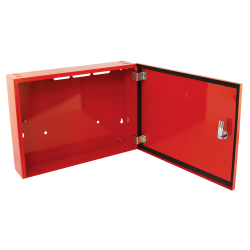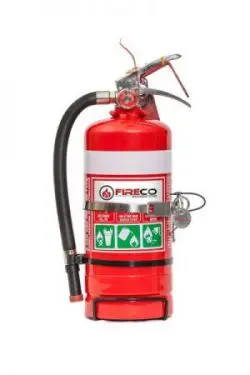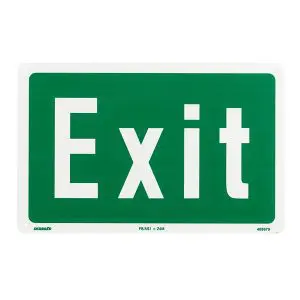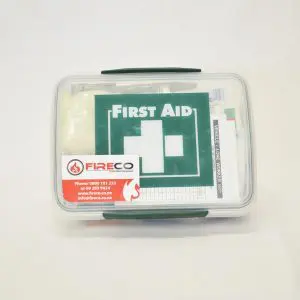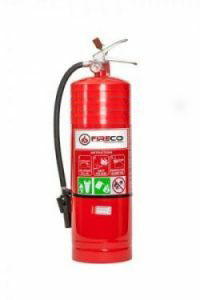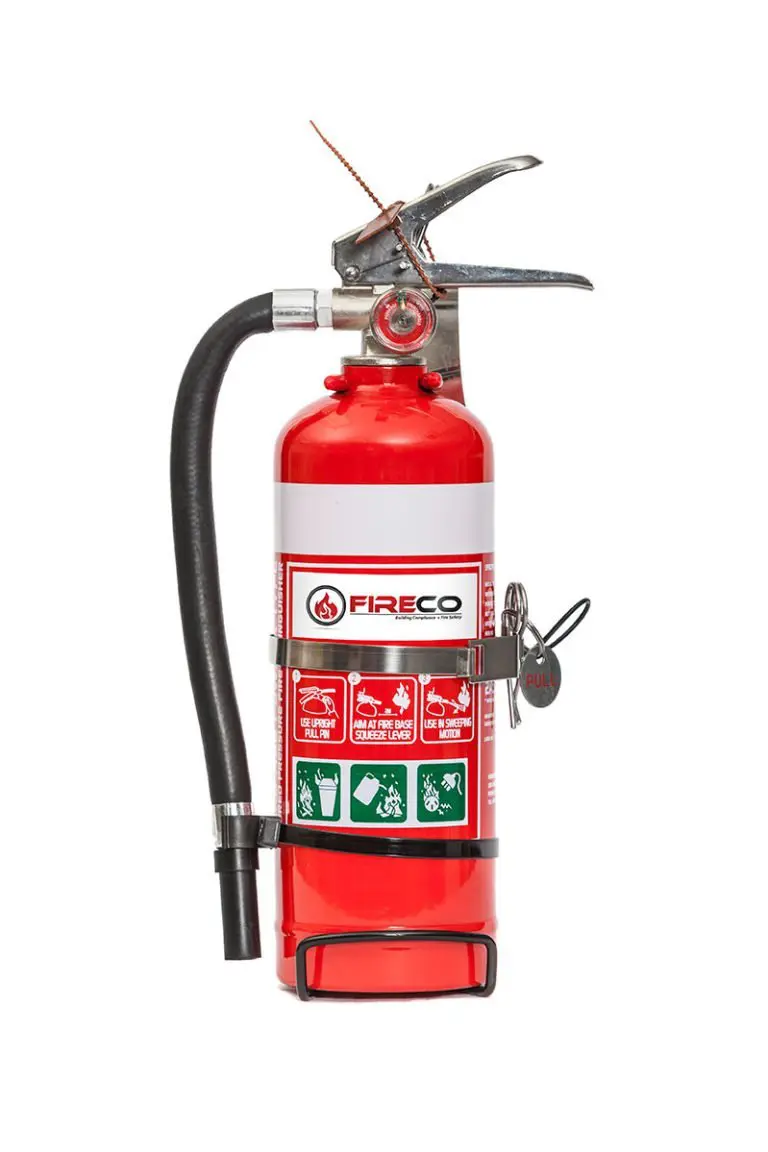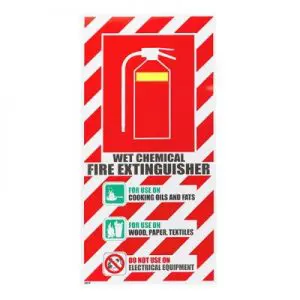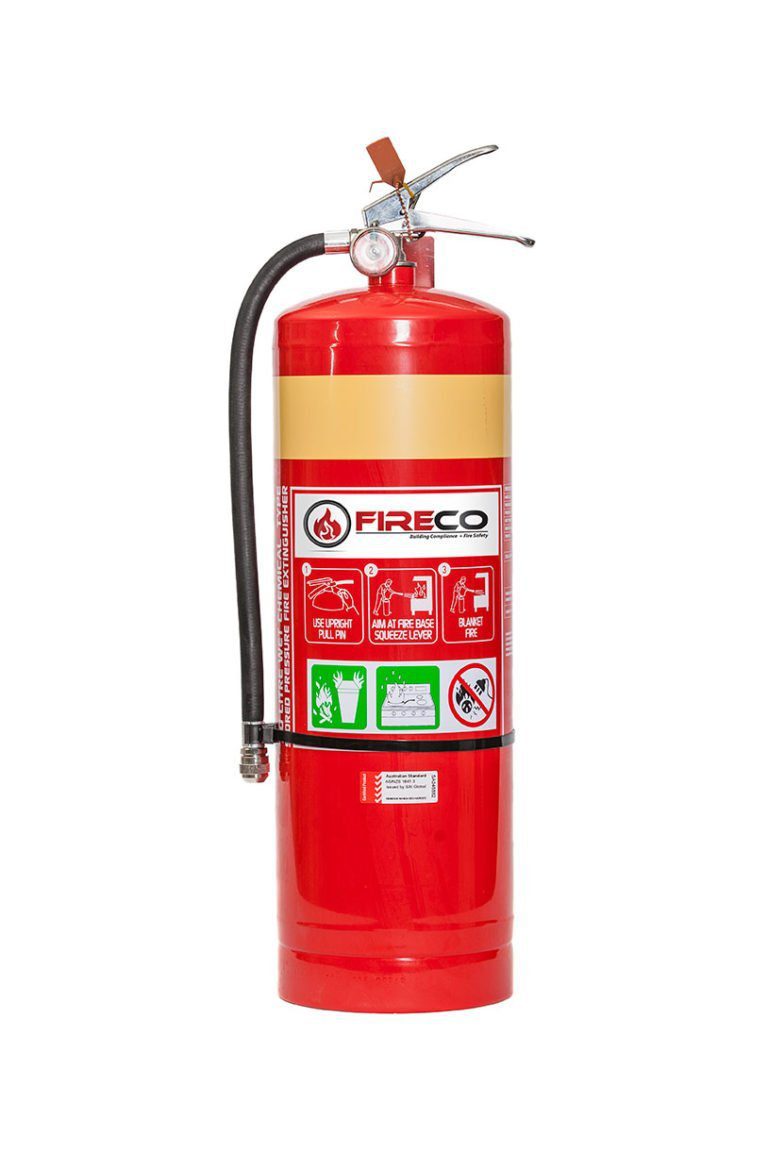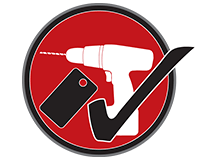The two most commonly recognized smoke detection technologies are ionisation smoke detection and photoelectric smoke detection. We will also be covering Carbon Monoxide (CO) Alarms.
Ionisation smoke alarms are generally more responsive to flaming fires.
How they work: Ionisation-type smoke alarms have a small amount of radioactive material called Americium-241 between two electrically charged plates which converts air molecules into positive and negative ions. As we know, opposites attract (so; negative ions are attracted to the positive plate and visa-versa). This movement causes a complete circuit (path for electricity). When smoke molecules enter the chamber, it disrupts the flow of ions, breaks the current and sounds the alarm.
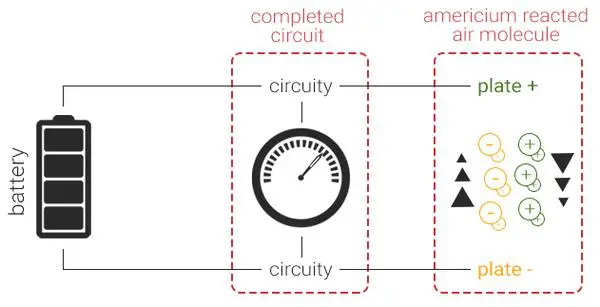
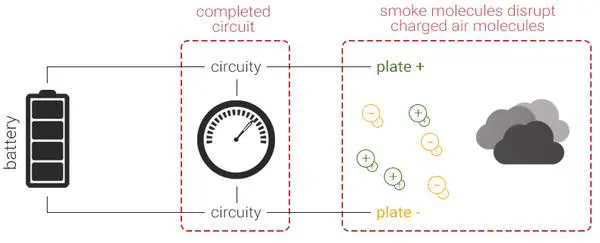
Photoelectric smoke alarms are generally more responsive to smoldering fires.
How they work: Photoelectric-type alarms aim a light source like a laser into a focus point at an angle away from the sensor. If smoke enters the chamber it reflects light away from the normal focus point & onto the light sensor, this triggers the alarm.
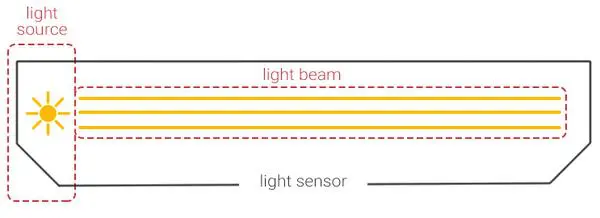
Carbon Monoxide Alarm You can’t see, taste or smell it.
Known as “the silent killer,” carbon monoxide (CO) is a colorless, tasteless, odorless gas that comes from the incomplete combustion. Almost anything you might burn in or around your home — whether it’s petrol, wood, coal, propane, natural gas or oil — can produce carbon monoxide in the right conditions. Without enough ventilation, the gas can build up to deadly levels. And it doesn’t take much fuel to be dangerous: Even small tools like chainsaws can release enough CO to make you sick.
How it affects you: Carbon monoxide enters red blood cells, quickly taking the place of the oxygen your body needs. Your blood then carries the CO to your organs. If you inhale small amounts of CO over a long period, the exposure might not be fatal, but it can cause permanent damage to the brain, lungs and heart. Moderate levels of CO exposure can cause burning eyes, nausea, vomiting, dizziness, severe headaches, breathing difficulties and confusion. These symptoms are easily mistaken for other common illnesses, like food poisoning or the flu. If carbon monoxide begins to fill a home while people are sleeping, the exposure can be fatal before anyone realizes something is wrong. Infants, the elderly and people with respiratory and circulatory illnesses are at an increased risk of fatal CO poisoning.
You can reduce your risk of carbon monoxide poisoning by keeping your fuel-burning appliances well maintained and using combustible fuels only in well ventilated areas. Another important step is installing a carbon monoxide detector in your home. In this article, we’ll take a look at how carbon monoxide detectors sense and respond to this deadly gas as well as what to look for when you’re shopping for one.
How they work: Carbon monoxide detectors sound an alarm when they sense a certain amount of carbon monoxide in the air over time. Different types of alarms are triggered by different types of sensors.
-
Biomimetic sensor: A gel changes color when it absorbs carbon monoxide, and this color change triggers the alarm.
-
Metal oxide semiconductor: When the silica chip’s circuitry detects carbon monoxide, it lowers the electrical resistance, and this change triggers the alarm.
-
Electrochemical sensor: Electrodes immersed in a chemical solution sense changes in electrical currents when they come into contact with carbon dioxide, and this change triggers the alarm.
Once the alarm sounds, the carbon monoxide detector must be in a carbon monoxide-free environment to reset itself.

Even when using the information we have just provided there is no exact science as to how many smoke alarms, what type and exact locations in YOUR particular home is sufficient. In a perfect world we’ll want everyone to have one of each in each room in the house. Some combination of photoelectric and ionisation alarms are available.
Due to variations of lifestyle, building material and location of possible fire hazards, it is too risky to say “This is enough” or “You need more” without assessing your particular risk.
Give us a call if you need some advice on Fire Security or fire reports or visit fireco.co.nz for more information.


